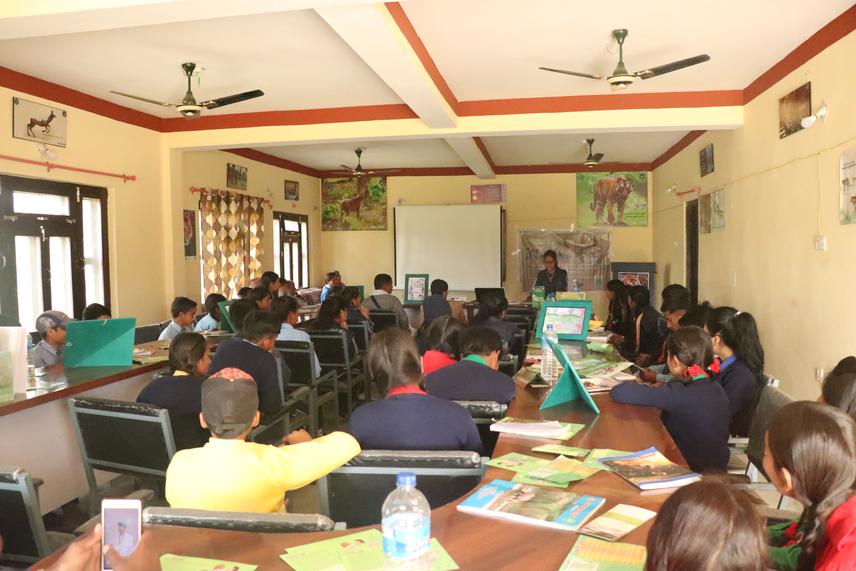Sagar Raj Kandel
Other projects
11 Dec 2019
Diet Analysis of Tigers and Leopards in Banke National Park and Strengthening Community Engagement
15 Feb 2022
Working with Communities in the Banke-Bardia Complex to Reduce Human-Carnivore Conflicts
The overall aims of this project are to know the predation ecology of two felids Tiger and Leopard from Banke National Park and Kamdi Corridor, with an essence to reduce the conflict and foster the understanding among the different stakeholders. Seasonal predation ecology with prey base data will help the scientific community and needs for future in order to save carnivores in project area. However, through the questionnaire survey people’s opinions, preferences, regarding two felids will be generated and understand the human carnivore conflict and explore the appropriate measures for its mitigation. Ultimately, through conservation education in schools and communities project aims to sensitize them on carnivore’s conservation from the project site.

The project will identify the present status of tiger and leopard, and their prey base in Banke National Park (BaNP) and Kamdi Corridor. This will be helpful in addressing conflict and other conservation issues. The project activities will be implemented with the involvement of local people, school children and community leaders. This will not just help in knowing the community’s perceptions but also sensitize them on several aspects of conservation. Ultimately, this will be instrumental in reducing the conflict and foster the understanding among different stakeholder’s involvement in conservation.
Different sampling techniques will be employed in collecting the data. The field work includes distance sampling for the prey availability in two seasons viz. winter and summer. Scat samples will be collected and the seasonal variation of two felids will be considered. The scats of two felids will be distinguished based on their dimensions. Prey hairs present in the scat will be used to identify the prey through the cuticle and medullary characteristics. Specimens will be prepared from the animals killed on site, and domestic animals encountered during our filed survey.
During the project local people, students and park authorities will be involved to achieve the goals. Essay writing, drawing and poem competition related to tiger and leopard will be organized for school children. Selected twenty students from four different schools will be brought for nature walk in Banke National Park, to shown the importance of habitat protection for the felids conservation. Prize distribution will be held in Bake National Park.
The project will generate information on prey base abundance, seasonal predation ecology from scat analysis. It helps to form the basis for broad management recommendations for the recovery of the tigers and leopards from the BaNP and Kamdi Corridor. The results will be share in seminars organized by BaNP, Central Department of Environmental Science (CDES) and others.